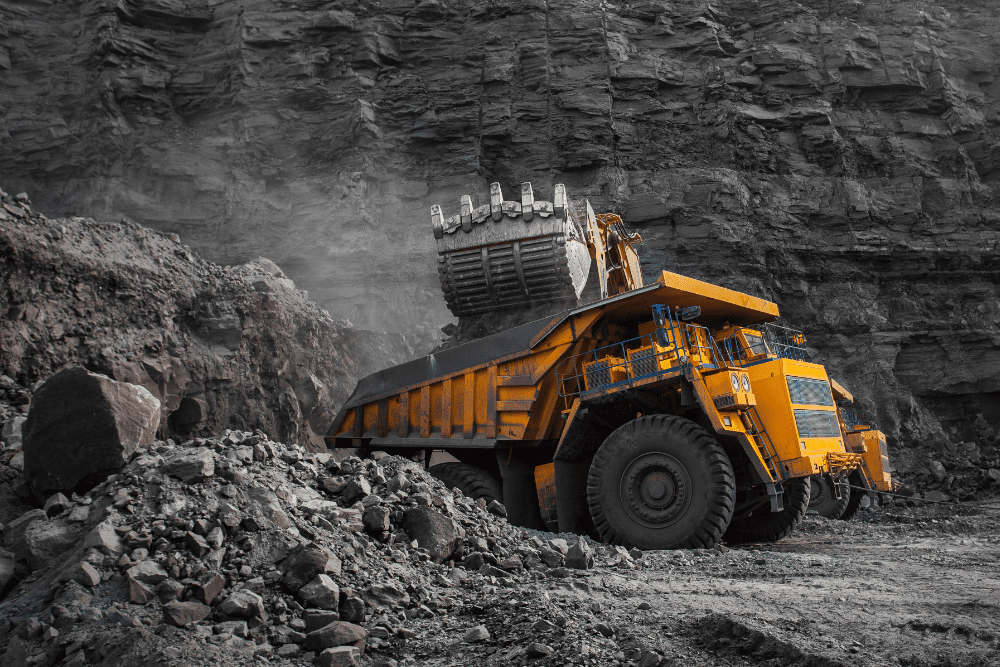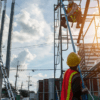Australia is one of the largest producers of coal in the world, producing 459 metric tonnes in 2022 amounting to 6.6% of global production. While the output was affected by excessive rains and floods, it still grew marginally by 0.8% compared to the previous year.
Ever since coal mining began in the 1700s, 11.4 billion tonnes of black and brown coal combined have been mined from Australia, and the industry continues to employ a large number of people and bring significant capital investments and export income to the country.
However, coal mining carries significant exposure to risk, especially in terms of hazards. This may include geological features like fissures, surface hazards, mine entries with potential zones of influence, and mine gas pockets.
While almost 80% of Australia’s coal production occurs through open-cut mines which are relatively safer, a coal mining risk assessment can be conducted to identify and mitigate a range of risks that can cause disruptions in mining operations.
Here is how a risk assessment can be utilised to identify and mitigate the hazards associated with coal mining.
The importance of a coal mining risk assessment for hazard management
The value of a risk assessment lies in its ability to identify, analyse, and evaluate the potential risks associated with mining operations for effective and prompt risk management. In this case, it can be conducted to specifically address hazards.
This provides a systematic approach for mining companies to assess the likelihood and severity of hazards—allowing them to formulate appropriate strategies to avoid or mitigate them.
This is vital to minimise accidents, injuries, and illnesses that can occur due to mining activities while also reducing the negative environmental impact of coal mining.
It can also help mining companies ensure compliance with relevant regulations such as the Coal Mining Safety and Health Regulation of 2017 and The Environment Protection and Biodiversity Conservation Act of 1999.
How a coal mining risk assessment helps mitigate hazards
To understand the role of coal mining risk assessment in managing hazards, we can take a look at an instance where it was conducted.
The Carmichael Coal Mine and Rail Project undertaken by Adani Mining Pty Ltd and Carmichael Rail Network Pty Ltd consists of a coal mine project based in the Galilee Basin.
To identify and mitigate the hazards associated with this project, a Preliminary Hazard Analysis (PHA) was conducted.
This identified potential hazards, including natural hazards, hazardous substances, and sensitive receptors. Some particular hazards like coal seam fires and spontaneous combustion of coal in stockpiles were identified as a result.
As for control mechanisms, the project proposed mitigation measures and a risk management plan, including emergency management planning procedures. For example, specific hazard and risk assessments were put in place to evaluate the likelihood and impact of coal seam fires during the detailed design phase of the project.
In addition, the hazard risk assessment also identified 41 other potential hazard events and developed a range of preventive and mitigation measures to address these issues. Workplace health and safety procedures and mitigation measures were implemented to reduce the impact of potential hazards to acceptable levels.
While the PHA was extremely helpful in identifying a range of potential hazards, the project continued to conduct additional risk assessments to ensure that comprehension of the risk landscape for hazards is informed by the new information uncovered as the project continues.
Mitigate the impact of hazards in mining with risk assessments
It’s clear that a risk assessment for hazards, even if it’s something relatively simpler like a PHA, can be hugely beneficial for hazard identification and mitigation.
Relatively newer methods of hazard identification, like Root-State Hazard Identification (RSHI), can also be utilised for more in-depth hazard identification and classification.
Either way, the importance of a risk assessment in the mining industry for hazard identification and mitigation cannot be overstated—allowing mining companies to identify, analyse, and evaluate potential hazards and formulate mitigation strategies.
Conduct effective risk assessments in mining with SECTARA and improve your hazard resilience
SECTARA provides the ability to conduct comprehensive coal mining risk assessments that take into account the likelihood and severity of hazards among the extensive amount of risks that mining companies like yours face.
Our security risk management software follows industry best practices like ISO 31000, Standards Australia’s Handbook 167, Australian Government Protective Security Policy Framework, and more.
Despite the highest standards, it is designed to be highly accessible for any level of risk practitioner—ensuring unmatched precision and simplicity.
Try out what SECTARA has to offer with our 14-day free trial. Click the button below to sign up. No credit cards or other commitments are necessary.






